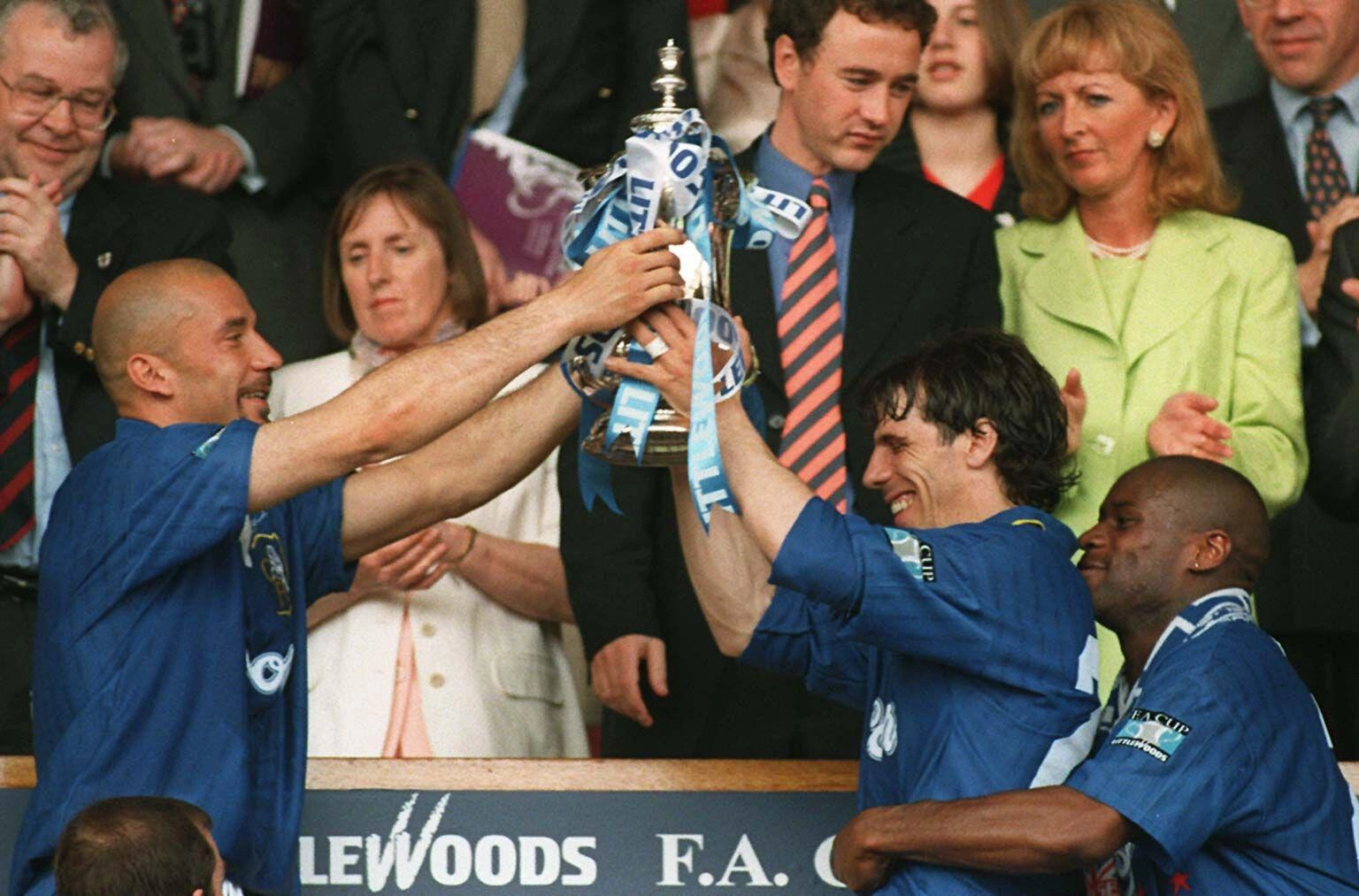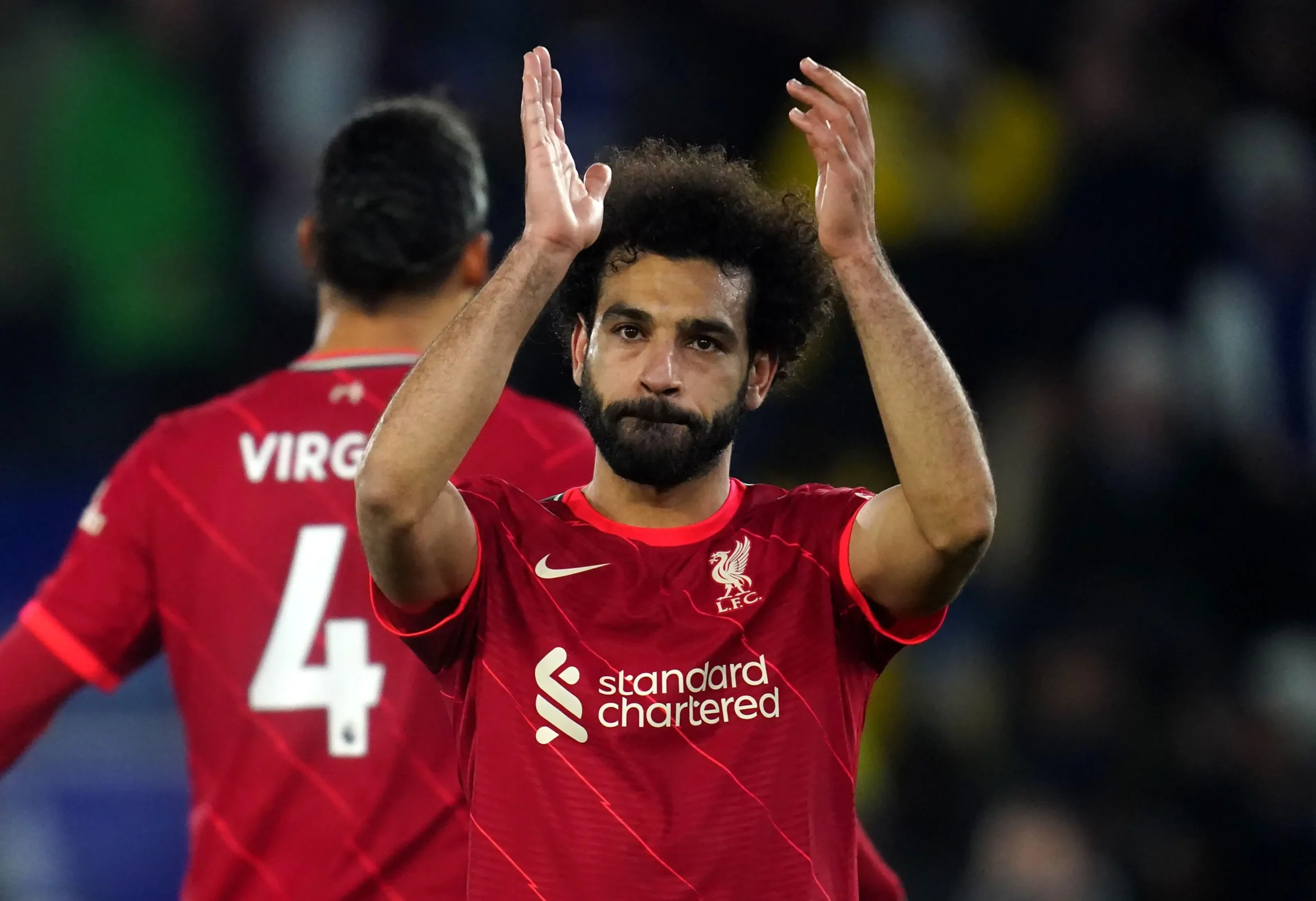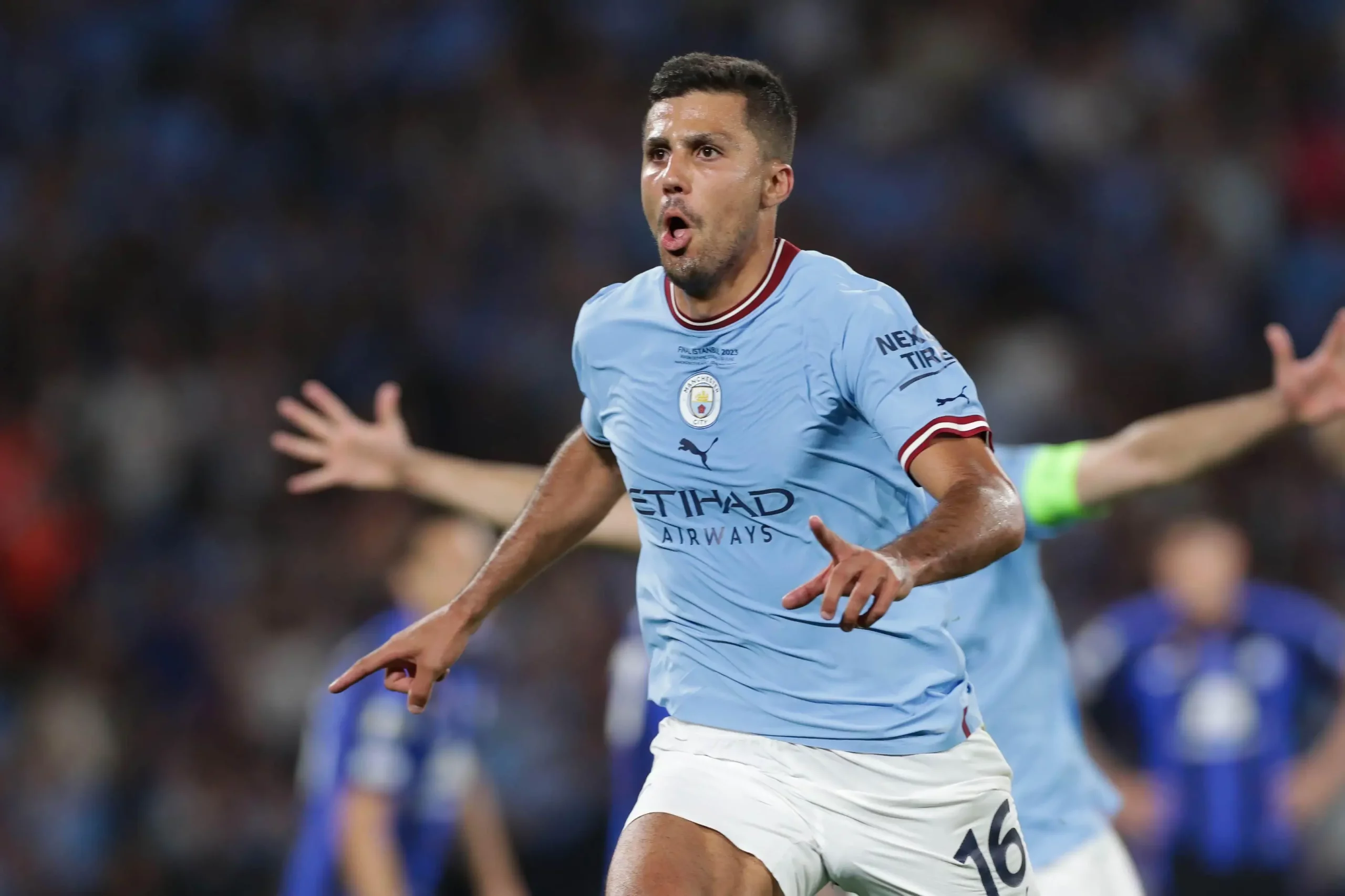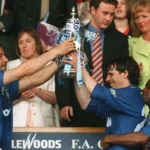Nothing is set in stone, especially in such a dynamic sport as football. Many people believe that professional football players get to choose their position as early as when they are kids.
However, some of them have grown to be very good and diverse players who can play in various positions. Sometimes, it is the coach that requires a position change. Other times, a player may wish to do this on their own.
We saw a lot of examples where a squad was decimated and had to put players in positions that didn’t fit them. However, have you considered the set of circumstances where players did change their position and became much better afterwards? There are more scenarios of a positive change in position than you may think.
Cristiano Ronaldo
One of the best footballers of all time, Cristiano Ronaldo, started his career as a winger. He continued to perform amazingly in Manchester United during the early and mid-2000s. All this time, the Portuguese occupied the left-wing position.
Not long before he left Man Utd, Sir Alex Ferguson, the coach, decided to put Ronaldo in the striker position. Along with Tevez and Rooney, the Portuguese did very well, scoring many goals. After joining Real Madrid, Ronaldo went on to play as a striker. The rest is history.
Trent Alexander-Arnold
A young Englishman began his career as a wide midfielder. When he played for the Liverpool U16 and U18 squads, several people noticed his talent. The same went for his ability to play in a position other than a wide midfielder.
Trent Alexander-Arnold position change meant switching to the right-back position as this could largely influence and contribute to his future career. Later, with Brendan Rogers, and Jurgen Klopp later on, the Englisman enormously developed his playing skills. He became known for his famous position change.

Bastian Schweinsteiger
A very well-known German player who is now retired, Bastian Schweinsteiger, used to play as a wide midfielder. One event changed that. In the World Cup 2014 finals, Khedira and Kramer faced an injury and couldn’t play for Die Mannschaft.
Toni Kross was also struggling to perform well. That’s when Schweinsteiger shined. He performed amazingly as a central midfielder and was one of the main contributors to getting the trophy. It’s also interesting that the German sometimes played as a centre-back at the end of his career.
Ryan Giggs
The Welshman Giggs joined Man Utd in his early career. Little did anyone know that he would spend as many as 24 years there. During that era, Giggs played in two major positions. He began as a wingman.
Sir Alex Ferguson needed just a bit of time to recognise his talent and intelligence and change position of Giggs. The Welshman became a central midfielder and pretty much remained in this position until the end of his rich career.

Philipp Lahm
Another legendary football player, Philip Lahm, had to undergo a position change during his career. I said “had to” because he didn’t really want to. But for a player such as Lahm, adapting to this was not a real big deal.
In fact, the German became even better at playing as a defensive midfielder. He wasn’t as fast as he used to be as a right-back. On the other hand, he brought Bayern Munich’s and Germany’s game to a whole new level. Also, he never got a red card throughout his career.
Thiery Henry
One of the greatest of all time, Thiery Henry, played for Juventus before he joined the Gunners. His winger position in Turin did not bring him much success, even though many excerpts knew how much of a talent he was.
The Frenchman appeared in Arsenal’s squad during the Arsene Wenger era. Wenger was led to change position of Henry, which he accepted. What the world saw from this was one of the best attackers that ever walked on a football pitch.
Gareth Bale
The player who retired not long ago, Gareth Bale, is known to have made one of the most iconic position changes in football. The young Welshman made his first steps in football as a full-back. Recognising his immense talent was not a difficult task for the coaches.
More specifically, Bale had great strength and stamina but was also lightning-fast. In one-on-one games, he could easily beat most defenders at the time.
All this resulted in him becoming the left-winger. I know many examples of Bale destroying his opponents while playing in this position. But my personal favourites are the ones where he scored a hat trick against Milan in the Champions League and the legendary goal against Barcelona, where he humiliated Maicon.
Roberto Firmino
The Brazilian has been a part of Liverpool’s team for ages. During such a long period of time, Firmino, together with players like Salah, Mane, and Van Dijk, made history. When he signed for Liverpool, Firmino was an attacking midfielder. But both Klopp and he evoked the style of the false nine in the Premier League.
This, of course, meant that Firmino played mostly as a striker. Such a position allowed Salah and Mane to create many goal chances for him. For many, Firmino is a telltale sign of how position switching can change a player’s career.
Andrea Pirlo
Everyone knows Andrea Pirlo. Among many things he’s known for, fans do remember him as an excellent passer and free-kick taker. But what a lot of people might not have known is the Italian’s initial position. Back in the day, when he played for Brescia, then Inter, and then Regina, he had the role of an attacking midfielder.
One of the best coaches ever, Ancelloti, soon noticed how this player’s genius could radiate even deeper in the field. With so many records broken, games won, and trophies lifted, Pirlo’s change in position is another example of a good decision.
Javier Mascherano
Mascherano is one of the eclectics who played in various positions throughout his career. Primarily, the Argentinian played as a defensive midfielder. While he was pretty much successful doing so in West Ham and Liverpool, he shifted to centre-back in Barcelona.
Busquets, Xavi, and Iniesta were already in the midfield, so Barca’s coach decided to move Mascherano back. The Argentinian proved to be a master as a “stopper,” playing for both Barcelona and Argentina. Additionally, we could sometimes see Mascherano taking the role of a right-back.
Yaya Toure
The Ivorian had impeccable performances in many phases of his career. If I were to divide it into bigger parts, I’d say that Toure’s career encompasses his defensive midfielder period and his defender stage. First, he played for Olympiacos and Barcelona in the defensive midfielder position.
His position change was not so voluntary. When he was in Barca, Toure had to go a bit back and cover for some injured players. Afterwards, when he went to Man City, he continued to play as a defender and had so many great moments full of skill.
Sergio Ramos
Going back and forth, Ramos’ very popular and long-lasting career saw him play and switch between different positions. It may be unbelievable to some readers, but Ramos started his career as an attacker. He spent his first days in Sevilla, where he developed his striker skills.
In Real Madrid, Ramos was a centre-back player for the most part. He also used to be appointed as a defensive midfielder from time to time. In the timespan when Metzelder and Pepe played for Los Blancos, Ramos even played as a right-back.
The proof that his attacking days left a mark on him included plenty of goals that he scored. One of my all-time favourites includes the Spaniard scoring an equaliser against Atl. Madrid. This goal helped Real Madrid get back on their feet and eventually win the Champions League finals.
Antonio Valencia
Valencia has to be one of the most underrated footballers out there. Many coaches praised the Ecuadorian for his hard work and talent. My point here is that he may not have received the praise he deserved, but he has definitely got some from the best ones.
For instance, Jose Mourinho labelled Valencia as one of the best right-backs in the world at the time. Before the Ecuadorian developed into an amazing right-back, he used to play as a right-winger.
His skills and great talent became evident as soon as he transferred from Wigan Athletic to Man Utd. He wore number 7, which put a lot of pressure on him. As many fans and club officials had great expectations from him, Valencia said that training hard helped him justify his role.













